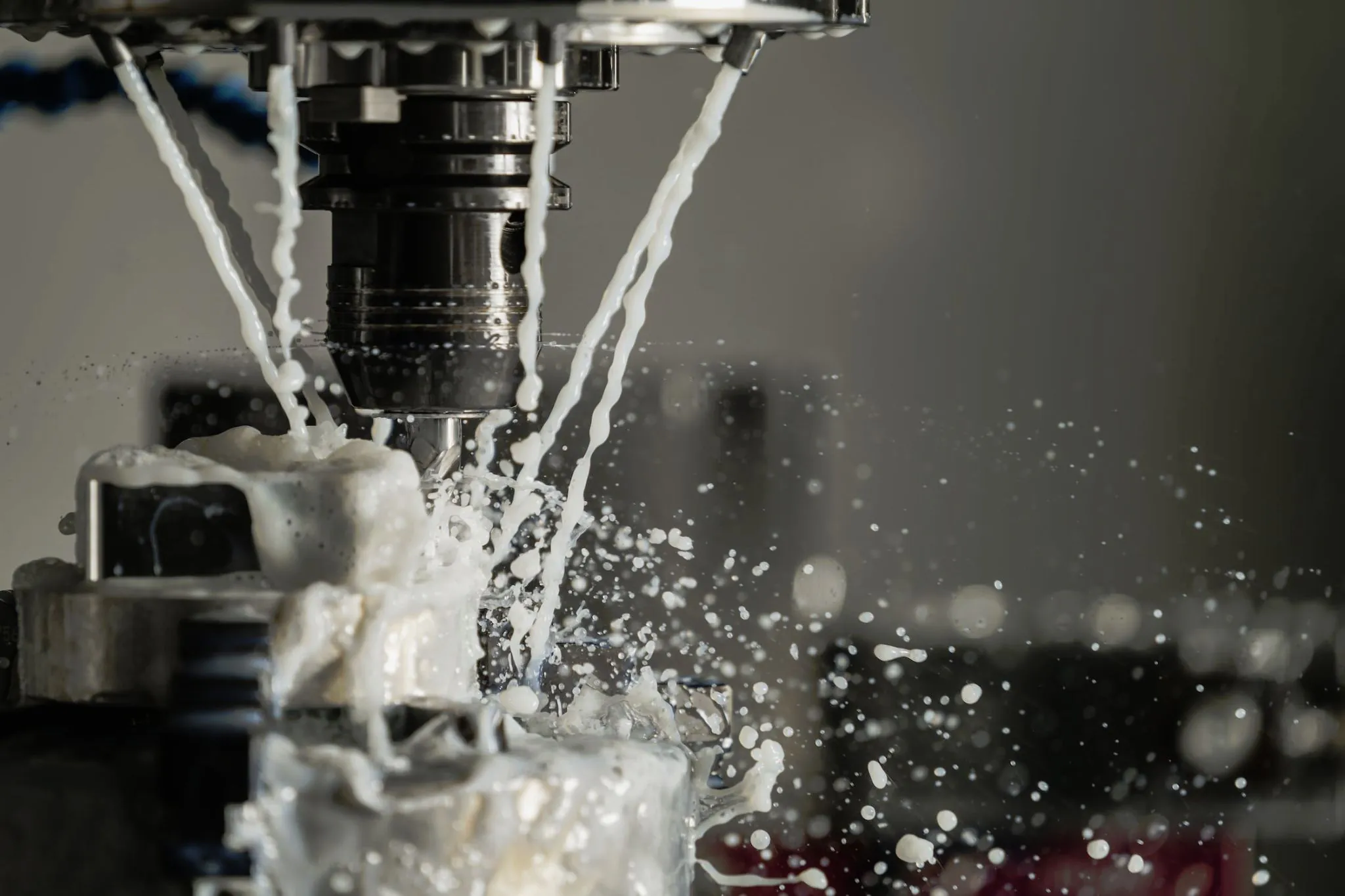
How CNC Milling Facilitates Rapid Prototyping
In the bustling world of product development, CNC milling stands as a cornerstone—not just another cog in the machine, but a real game-changer. This wizardry converts digital blueprints into tangible prototypes with precision that old-school methods can only envy.
Envision it: sleek metals and plastics transformed at breakneck speeds. Rapid prototyping is no longer an oxymoron but a palpable reality—this is where speed meets accuracy in an industrial ballet. Now let’s delve deeper into how this technology is revolutionizing the prototype timeline and quality. What exactly makes CNC milling the silent hero behind innovation’s curtain?
Crafting Precision: The CNC Advantage
Allow me to paint a picture of efficiency that would make even the most seasoned engineers nod appreciatively. CNC milling machines, with their high-speed spindles and unyielding clamps, bring to life complex prototypes in a fraction of the time once required. Every cut, curve, and angle, executed with surgical finesse—that’s the promise fulfilled by computer numerical control.
Consider this: your design goes from screen to machine bed; the milling tools dance in choreographed harmony. It’s not just metal taking shape—it’s innovation being fast-tracked. How does this process turn weeks into days and ideas into touchable samples? Let’s dissect these metallic metamorphoses—layer by layer, shall we?
Seamless Transition from Pixels to Particles
Now, imagine you’re holding a digital model—vanishingly thin slices of data packed with potential. With CNC milling, these virtual slices become physical strata, meticulously carved out of raw material. The machine interprets each digital layer as a set of commands, guiding the drill bits and end mills with an air of absolute certainty.
The transition is akin to printing money—the currency here being time-saved. It’s like the physical equivalent of batch image resizing. Designs that once took laborious hours to craft by hand are now ‘printed’ in metal and plastic at unthinkable speeds. And the magic doesn’t stop at one; CNC’s repeatability ensures your first prototype is twin to the tenth. How does this automated precision impact our capacity for innovation?
Materializing Concepts with Metronomic Precision
Picture a master chef, knives at the ready—each ingredient chopped to perfection. That’s CNC milling in the prototyping world: a deft blend of speed and consistency turning raw materials into prototypes with rhythmic precision. Metals and composites bow to the will of the machine, their resistance mere formality to the predetermined path.
Most importantly, because reputable used equipment vendors have various types of milling machines in inventory, it’s also a cost-conscious option for those who want to start rapid prototyping in-house. And of course engineers and designers can easily outsource this to third party CNC milling service providers if this is more aligned with their project budget and available resources.
But it’s not just about carving out shapes using quality equipment. Imagine a prototype that fits like a puzzle piece, straight out of the machine—no extra sanding or tweaking required. This level of accuracy drives development forward like a well-oiled assembly line. Ever ponder how these micrometer-perfect pieces push us towards leaner, meaner product iterations?
The Bottom Line
In the symphony of creation, CNC milling is the conductor—ensuring each section plays its part to perfection. From a spark in the mind’s eye to a product in hand, this technology streamlines the journey, ensuring ideas aren’t just born; they’re raised with finesse and brought swiftly to market.
So as we stand on this pinnacle where precision meets expedience, we must ask ourselves—how will we employ these advancements next? And what frontiers of innovation await as CNC milling continues not just to prototype but to shape our future? The possibilities for designers and engineers alike are especially tantalizing and effectively endless.



